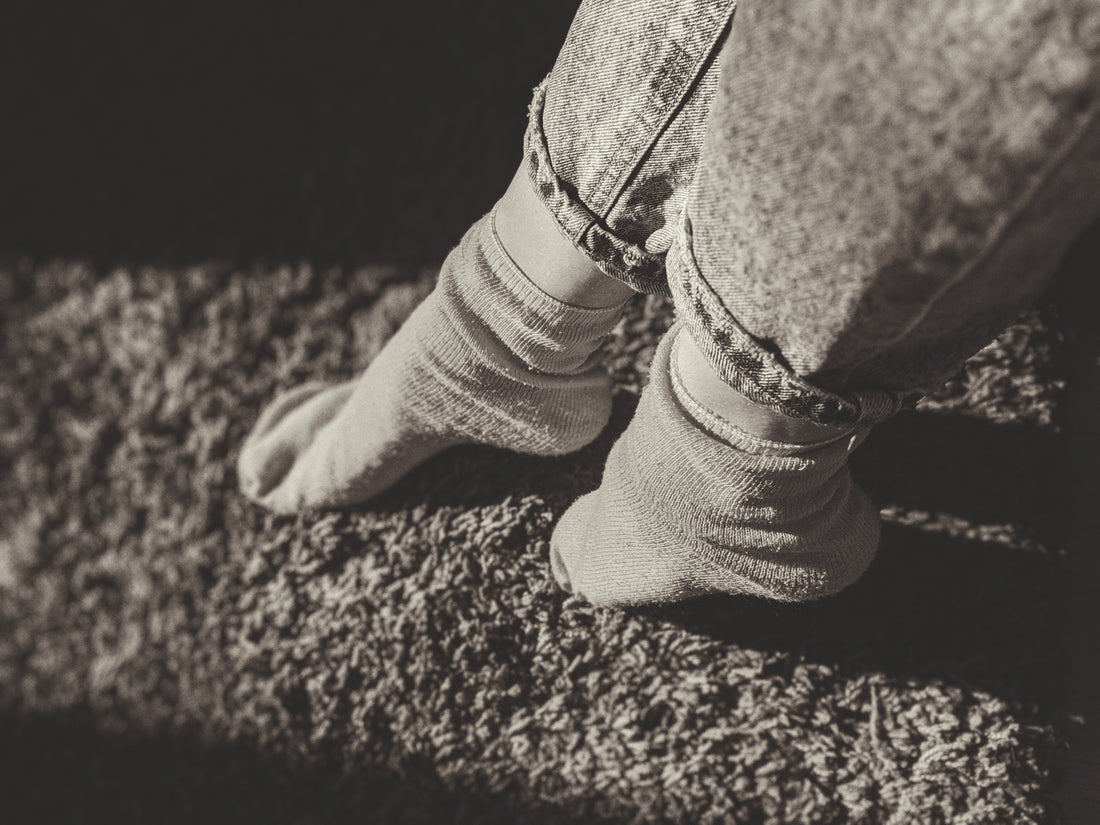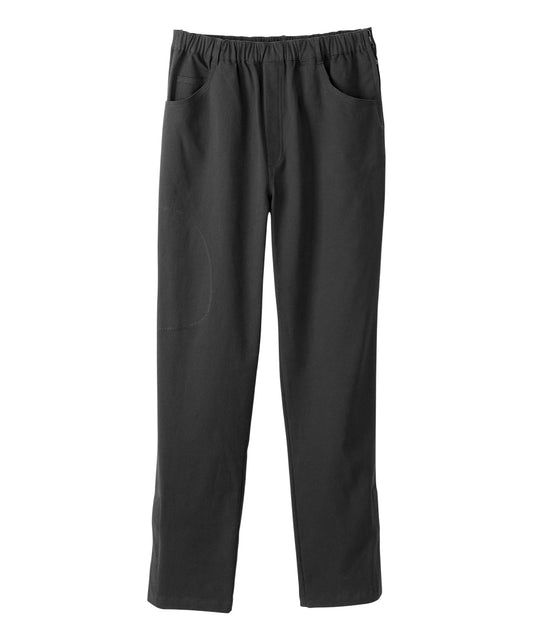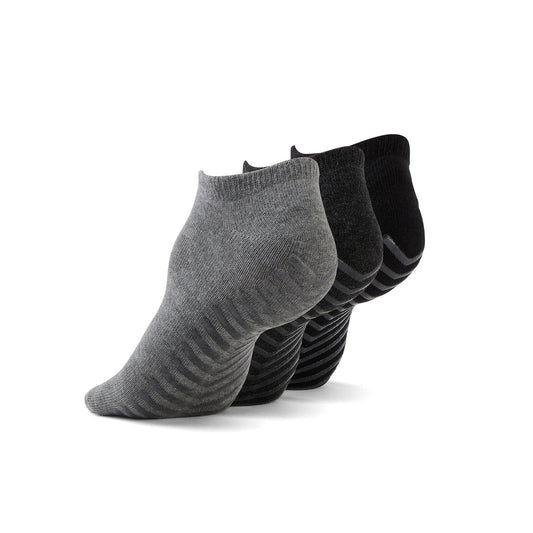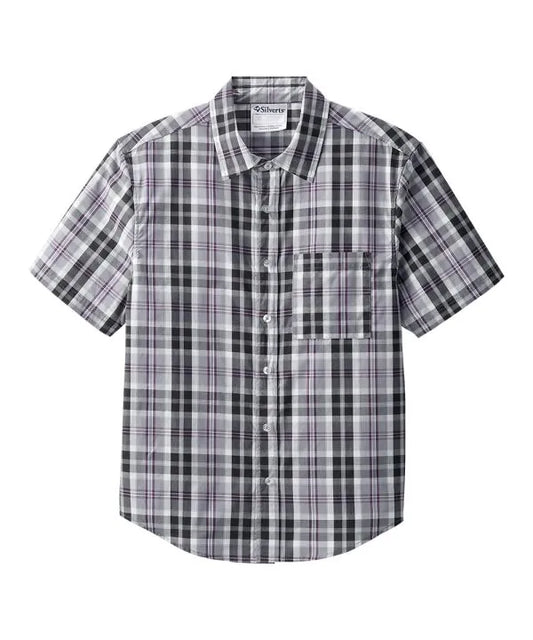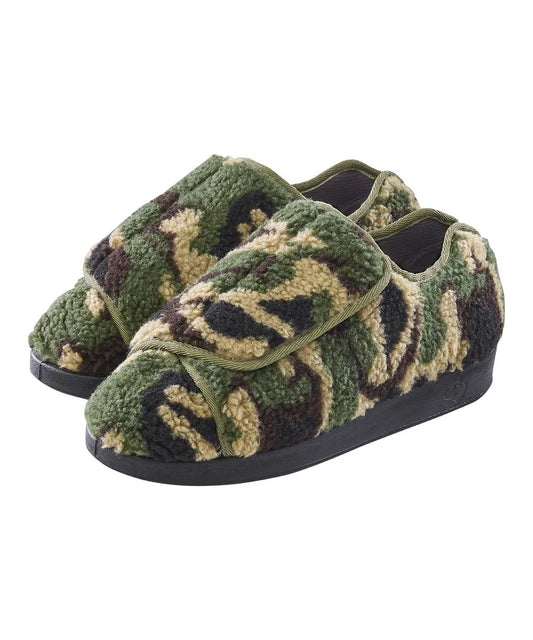Stroke patients may have mobility challenges that can make it difficult to maintain balance and stability. Wearing shoes and socks that provide good support and stability can help reduce the risk of falls and injuries, and can also improve mobility and balance.
Key Features to Look for in Shoes and Socks
1) Stable, Non-Slip Soles
Shoes with non-slip soles can help provide a secure footing and can help prevent falls.
2) Proper Fit
It's important to choose shoes that fit well and are not too loose or too tight. Shoes that are too loose can cause tripping, while shoes that are too tight can be uncomfortable and may restrict movement.
3) Good Arch Support
Shoes with good arch support can help reduce the risk of foot pain and improve stability.
4) Breathable Materials
It's important to choose shoes and socks made from breathable materials to help keep the feet dry and reduce the risk of infections.
5) Ease of Putting On and Taking Off
Stroke patients may have difficulty with fine motor skills, so it may be helpful to choose shoes and socks that are easy to put on and take off. This can include features such as Velcro closures or slip-on styles.
6) Comfort
It's important to choose shoes and socks that are comfortable to wear, as stroke patients may be on their feet for extended periods. Look for shoes with cushioned insoles and socks made from soft, moisture-wicking materials.
7) Durability
Stroke patients may put more wear and tear on their shoes and socks due to their mobility challenges, so it may be helpful to choose options that are durable and long-lasting.
8) Specialized Features
Depending on the patient's needs, there may be specialized shoes and socks available that can provide additional stability, support, or protection. For example, shoes with rocker soles can help improve balance and gait, and socks with extra padding can help reduce the risk of blisters and foot sores.
Consult with a Healthcare Professional
It's always a good idea to consult with a healthcare professional or physical therapist before making any decisions about shoes and socks for a stroke patient. They can provide personalized recommendations and guidance based on the patient's specific needs and mobility level.

